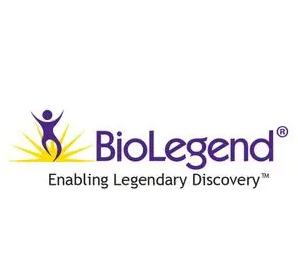上海细胞库
人源细胞系| 稳转细胞系| 基因敲除株| 基因点突变细胞株| 基因过表达细胞株| 重组细胞系| 猪的细胞系| 马细胞系| 兔的细胞系| 犬的细胞系| 山羊的细胞系| 鱼的细胞系| 猴的细胞系| 仓鼠的细胞系| 狗的细胞系| 牛的细胞| 大鼠细胞系| 小鼠细胞系| 其他细胞系|

| 规格 | 价格 | 库存 |
|---|---|---|
| 1mg | ¥ 9394 | 1 |
FC - Quality tested
IHC-F, Costim - Reported in the literature, not verified in house
Each lot of this antibody is quality control tested by immunofluorescent staining with flow cytometric analysis. For flow cytometric staining, the suggested use of this reagent is ≤ 0.125 ?g per million cells in 100 ?l volume or 100 ?l of whole blood. It is recommended that the reagent be titrated for optimal performance for each application.
Additional reported applications (for the relevant formats) include: immunohistochemical staining of acetone-fixed frozen tissue sections, and in vitro T cell costimulation2,3. The Ultra-LEAF? Purified antibody (Endotoxin < 0.01 EU/?g, Azide-Free, 0.2 ?m filtered) is recommended for functional assays?(Cat. No. 304339 and 304340).
T cells, B cells, NK , dendritic cells, thymocytes, monocytes, eosinophils, mast cells.
1. Elices M, Ed.1995. Springer Semin. Immunopathol. 16(4).
2. Lobb RR and Helmer ME. et al. 1994. J. Clin. Invest. 94:1722.